What kinds of hand-brewed coffee beans are there? what kind of hand-made coffee beans are good to drink? what kind of beans do you use by hand?

Professional coffee knowledge exchange more coffee bean information please follow the coffee workshop (Wechat official account cafe_style)
With the development of the boutique coffee market, many coffee fans begin to study how to brew coffee by hand at home, so they come to Qianjie Coffee to choose freshly roasted coffee beans, but they don't know how to choose. Because there are more than 200 kinds of single coffee beans in Qianjie coffee alone, and at present there are more than 50 kinds of coffee fans in stores, which is really not a good choice. Then the next article on Qianjie Coffee will recommend coffee beans suitable for hand brewing to coffee fans.
What is hand-made coffee?
The hand-brewed coffee in the Qianjie coffee shop is often said in the coffee market as fine coffee, also known as single-product coffee, that is, coffee beans produced in a single producing area, and can be traced back to the origin of coffee, down to the characteristics of manors and estates in the producing areas. Understand the story of the coffee producing area from the source.

The production of fine coffee producing countries all over the world, respectively, can be divided into Asia, Africa, Latin America three continents, the altitude climate of these three continents have their own characteristics, which also led to the flavor of coffee beans are also different, but in general, the flavor of origin in each continent is not too different, so the flavor of coffee can be divided into three categories on the macro level.
For example, Asian coffee flavor presents a spicy herbal flavor, mellow taste; African coffee flavor presents a refreshing citrus citric acid or cherry acid, fresh and bright taste; and Latin American coffee flavor is between the first two, more balanced, and with nutty cocoa flavor, which is also caused by the great difference in climate and altitude within its growing area. Then Qianjie Coffee will recommend to you the coffee types that are more representative in these three continents.
Asian region hand brewed coffee recommended
Asia's coffee bean production is second only to Latin America, with Vietnam being Asia's number one coffee producer. Front Street, through the cup test, believes that Asian coffee is thicker than Latin America and Africa, but less elegant acid, with wood, herbs, spices, low smoky notes higher than the rising fruit acid aroma. Representing coffee producing countries Indonesia and Yunnan, China.
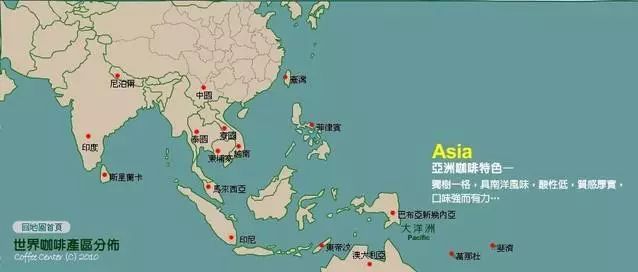
Coffee bean producing areas in Indonesia
Indonesia, located in southeastern Asia, is a typical tropical rain forest climate, with an average annual temperature of 25-27 ℃, no seasons and an annual precipitation of 1600-2200mm. Indonesia is located in the volcanic zone, the soil is fertile and rich in minerals, which is conducive to the growth of coffee beans. Indonesia is between 9-2100 meters above sea level, and the main coffee-growing areas are concentrated in about 1200 meters. Therefore, it is also a very suitable producing area for coffee cultivation.
Indonesian coffee treatment-wet planing treatment
Indonesia's Mantenin is famous for Qianjie Coffee because the local wet planing treatment is due to the fact that the local weather in Indonesia is often dominated by Rain Water, with continuous typhoons, unable to achieve the good weather needed for the sun, and the local economy is not good, so it is also impossible to use the more expensive method of washing.
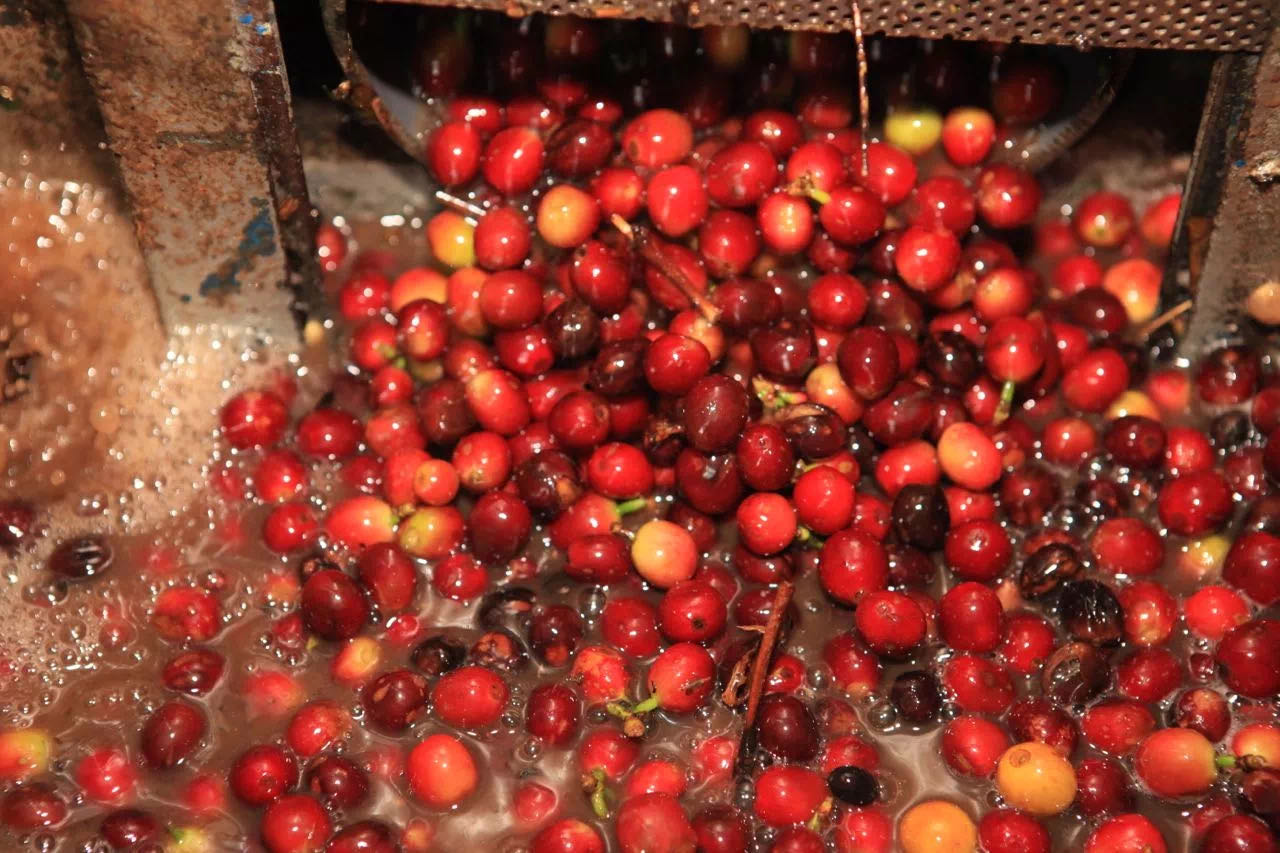
As a result, the wet planing method with local characteristics is derived. Now the development of coffee in Indonesia is no longer as poor as it used to be, and there are many manors and companies that have certain conditions to use the washing method, but why have they not abandoned the wet planing method? therefore, Qianjie Coffee feels that wet planing is a factor that has brought Mantenin Coffee to the world, because when it comes to Mantini coffee, coffee fans will think of the wet planing method, which shows that they already complement each other.
Qianjie Coffee Indonesia Gold Manning Coffee beans
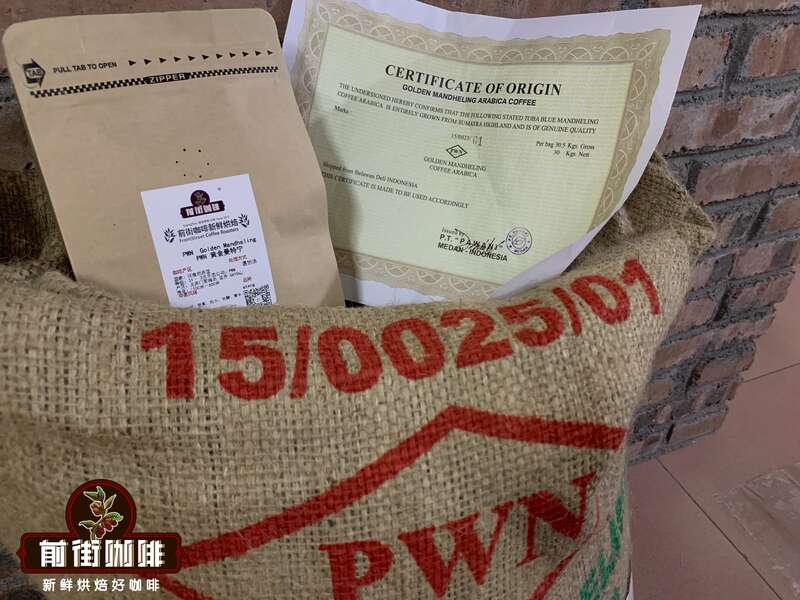
Country: Indonesia
Producing area: Mount Aceh Jiayu, Sumatra
Altitude: 1100-1600m
Variety: Ateng
Treatment method: wet planing method
Flavor: baked toast, nuts, pine, caramel, herbs
The front street gold manning is the latest launch of the pwn company in recent months. Unlike the previous pwn gold manning, the latest batch of mantenin's producing area is Mount Achigayo in Sumatra, while the previous one is produced in Lake Tawa, Sumatra. According to the test of brewing this latest gold manning coffee in the front street cup, it is found that compared with the previous gold mantenin, it is more of the flavor of baked toast. So it will be a little more mellow in the taste.
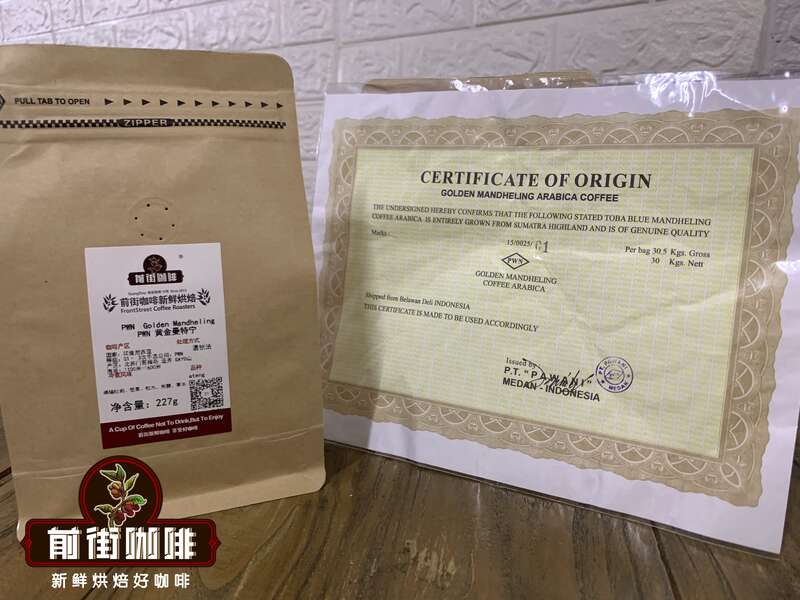
And the specification standard of Golden Manning is more than 18 mesh, and there are less than 3 defective beans (300g raw bean samples), which belongs to the highest grade G1, dark green and neat flat beans. After strict screening of Golden Mantenin, Qianjie Coffee not only does not have the unique soil flavor of ordinary Mantenin, but also tastes cleaner and brighter.
Qianjie Coffee Indonesian Tiger Mantenin Coffee beans
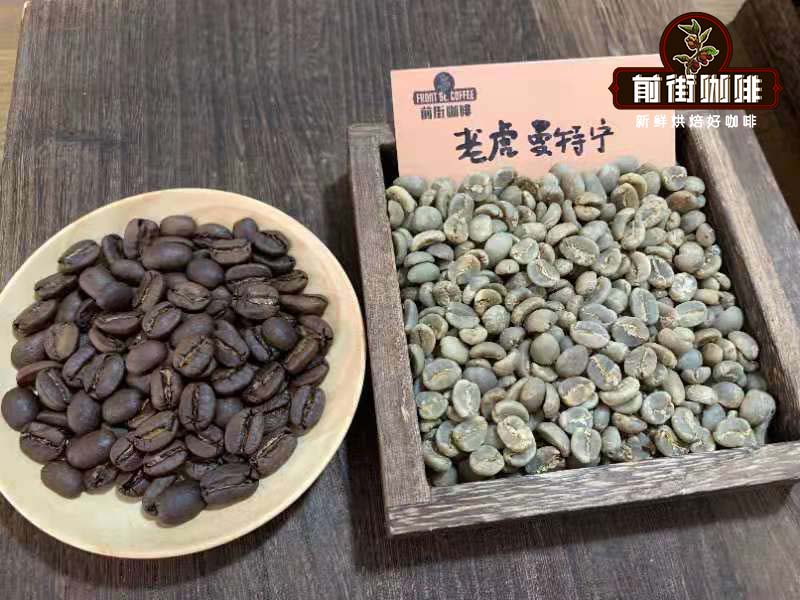
Country: Indonesia
Producing area: Sumatra
Altitude: 1500m
Variety: Kaddura, Iron pickup, Sidikalong
Treatment method: wet planing method
Flavor: cream, dark chocolate, nuts, balanced taste
Tiger Manning can only be called tiger Manning if the defect rate is less than 4%. Because the main varieties of tiger Mantenin are Kaddura and tin pickup. Kaddura has sour citrus and lemon flavors, while Ironpika has a long, sweet finish, giving Tiger Man a uniform taste and high cleanliness.
Qianjie coffee Indonesia aged Mantenin coffee beans
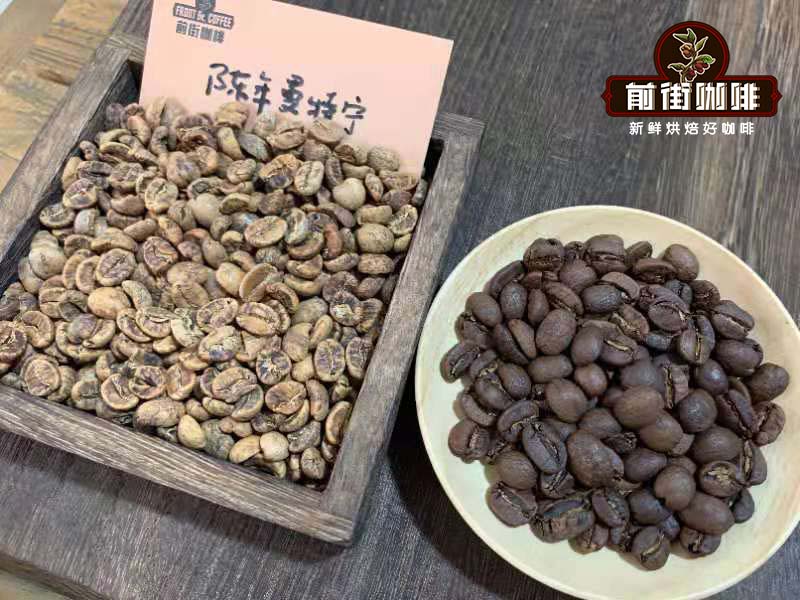
Country: Indonesia
Producing area: Sumatra
Altitude: 1500m
Variety: Kaddura, Kaduai
Treatment method: wet planing method
Flavor: cooked, caramel, herbs, chocolate, low acidity.
Aged mantenin refers to aged Mantenin coffee beans, which age naturally by prolonging the storage time (usually 2-3 years), a process that leads to a decrease in coffee acidity and a change in the color of raw beans. And the aging storage environment must be cool and ventilated to prevent mildew and dampness. Because the storage environment is dark and for a long time, improperly handled old coffee is always difficult to get rid of complex flavors such as mildew or commonly known as sacks or leather.
Coffee producing areas in Yunnan, China
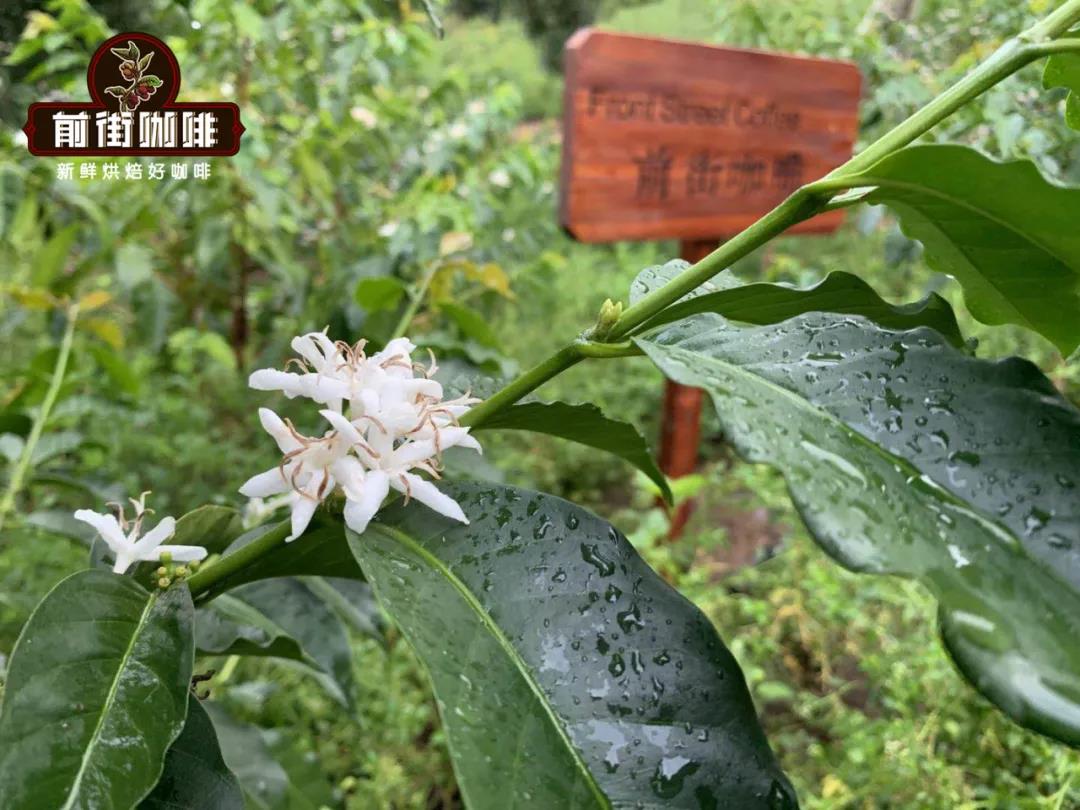
Next, we will introduce coffee beans from Yunnan Province. The history of coffee planting in Yunnan Province has been very long, but it has not been long since it entered the fine coffee market. Therefore, Qianjie Coffee thinks that coffee in Yunnan Province has great development potential. Therefore, a coffee estate has been established at the junction of Baoshan, Yunnan Province and Myanmar, specializing in planting Yunnan coffee beans of iron card varieties. Then Qianjie Coffee will introduce coffee beans produced in Qianjie Coffee Estate.
Qianjie Coffee Yunnan Huaguoshan Coffee Bean
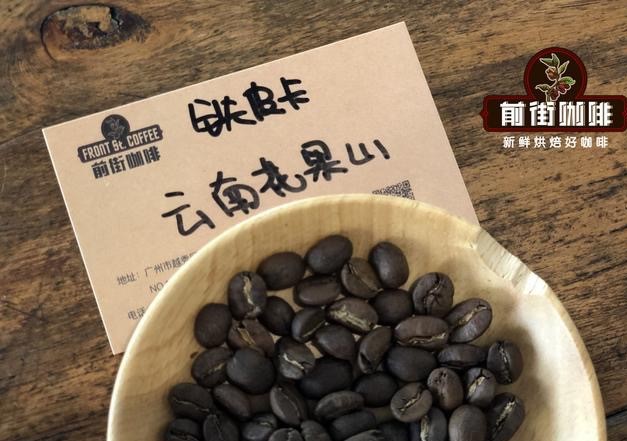
Country: China
Producing area: Baoshan, Yunnan
Altitude: 1450-1550m
Variety: iron pickup
Treatment: washing treatment
Flavor: citrus, nuts, plums, melon and fruit, brown sugar, black tea
Qianjie Coffee the difference between Yunnan Huaguoshan coffee beans and Yunnan Xiaoguo beans is that Huaguoshan is a variety of iron pickup, while Yunnan Xiaoguo is Katim, in fact, these two beans can be called small-grained coffee, but because the acid of Tippi card flower fruit is softer and richer, it is specially chosen to distinguish the two varieties of beans in the name of Huaguoshan.
Qianjie Coffee Yunnan small Coffee beans (rations beans)
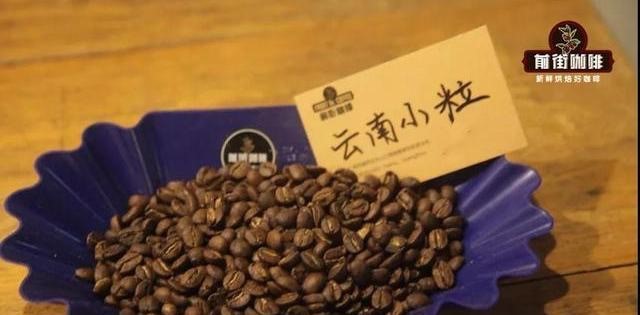
Country: China
Producing area: Baoshan, Yunnan
Altitude: 1200m
Variety: Katim
Treatment: washing treatment
Flavor: herbs, nutty, chocolate, caramel
Yunnan small-grain coffee refers to the small-grain coffee cultivated in Yunnan. Coffee is a small evergreen tree of Rubiaceae, native to Africa. At present, small-grain coffee and medium-grain coffee are mainly cultivated as beverage plants. The small-grain coffee cultivated in Yunnan, China traditionally refers to the mixed population of bourbon variety and iron pickup variety.
Small-grain coffee is the most widely cultivated species in the genus Coffee. Because of its strong cold resistance and short-term low temperature resistance, it can grow on mountains 2100 meters above sea level in tropical areas, but it is not resistant to drought; the branches are fragile and not resistant to strong wind; the disease resistance is weak; the fruit is easy to fall off after ripening; after processing, the coffee is mellow and contains low caffeine content.
Qianjie Coffee Yunnan Sun Katim Coffee beans

Country: China
Producing area: Yunnan (Baoshan)
Altitude: 1450-1550m
Variety: Katim
Treatment: red cherry sun treatment
Flavor: caramel, dried fruit, cocoa, dark chocolate, herbs, wood
At present, most of the plants in Yunnan are Katim, which is a hybrid of Kaddura and Robsta, a branch of the bourbon line in the Arabica species. The reason for planting this variety is that Katim has the Robusta gene, so it is better than a single old variety in disease resistance, and the yield is good. Compared with the delicate old variety, the disease resistance is poor and the yield is low. Farmers naturally prefer to plant Katim. So now there has been a Katim wind in Yunnan.

These are the popular Asian coffee beans in Qianjie Coffee Shop. They have a demand for mellow taste and like spices. Coffee fans of herbal coffee might as well try these beans.
Recommendation of hand-washed coffee beans in Africa
Coffee beans in Africa are the birthplace of coffee beans, so the variety library of coffee beans has developed very large, but according to Qianjie Coffee, there are still many unknown wild coffee beans in Africa.
As mentioned above in Qianjie Coffee, the flavor of African coffee is characterized by strong aroma and charming acidity, and its sour taste is lively and lively. The disadvantage is that the mellow coffee in Africa is often a little thin, and the sweetness is not very prominent. Among them, Africa represents coffee-producing countries, such as Ethiopia and Kenya, which coffee fans are familiar with.
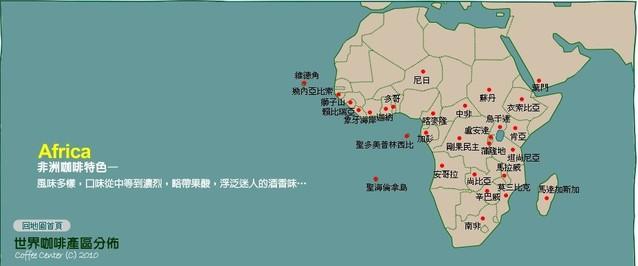
Ethiopian coffee producing area
The coffee flavor in Ethiopia is mainly citrus citric acid, of which the most famous is the coffee beans from the Yegashifi producing area. At the same time, Qianjie Coffee believes that Yega Xuefei is also the coffee that best represents the coffee flavor of the entire African continent. Secondly, there are many high-quality coffee beans in the Sidamo producing area, such as the Sidamo Huakui coffee beans with strawberry cream flavor.
Front Street Coffee Essex plus Sheffield Sun Red Cherry Coffee beans
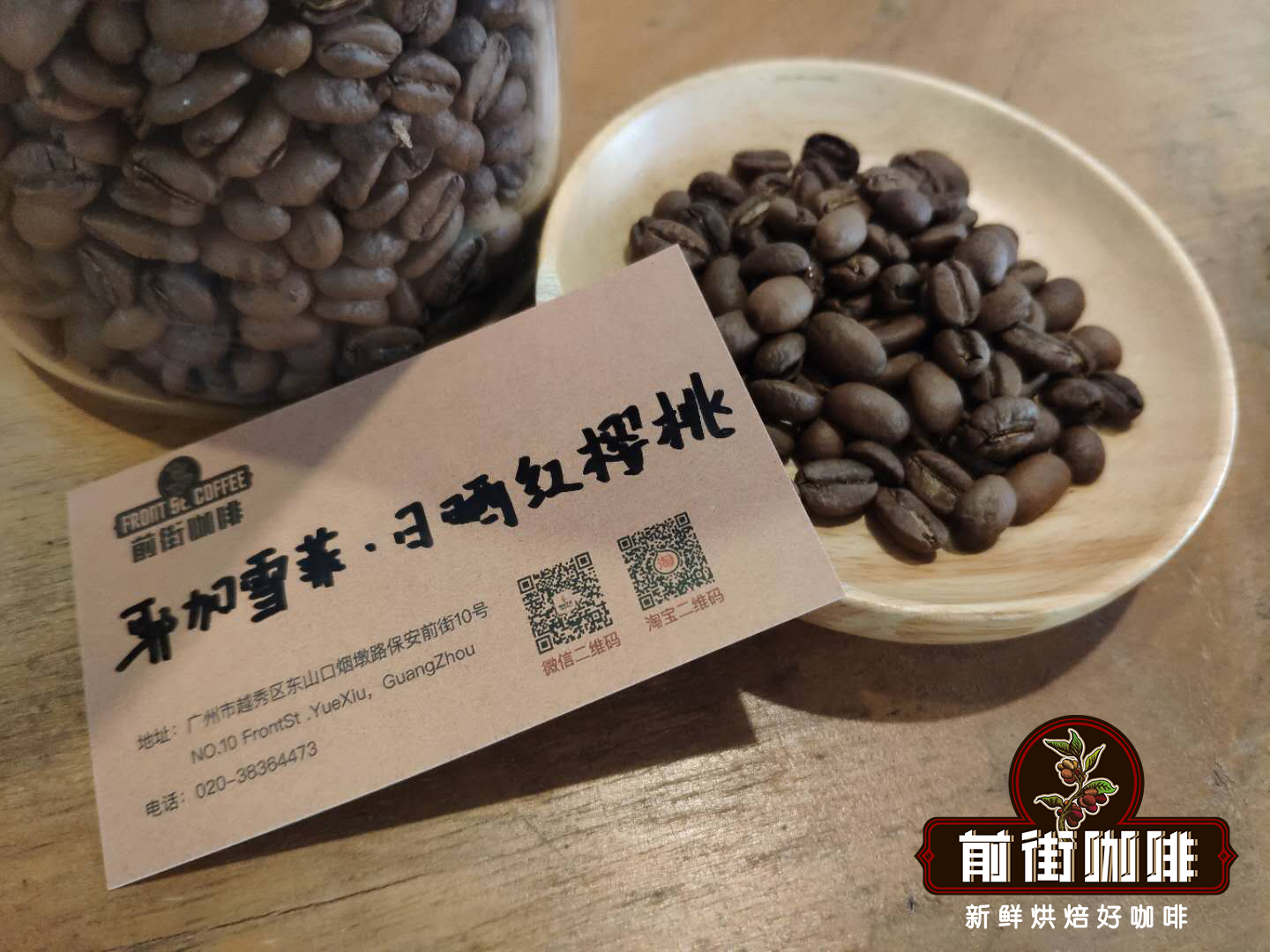
Country: Ethiopia Fiscal year: 2003
Production area: Yejia Shefei
Altitude: 2300m
Breed: Native species
Treatment method: sun treatment
Flavor: Berry, lemon, strawberry, fermented bouquet
Front Street Coffee This sun-dried red cherry coffee bean is made from 100% mature coffee beans, so it is full of aroma, sweet and fermented in flavor. The origin of this coffee bean comes from the "Red Cherry Project" jointly initiated by local coffee farmers in Ethiopia and Dutch trader Trabocca. It aims to improve the quality of small-scale farm coffee and increase farmers 'income. To pick fully ripe coffee fruit, not only to pick the fruit of full red maturity, but also to harvest by hand, but this is only the most basic requirements. There are also corresponding requirements for coffee bean treatment.
Front Street Coffee Ethiopia Fruit Tintin Cooperative Coffee Bean

Country: Ethiopia
Producing area: Yega Xuefei
Altitude: 1900-2300m
Variety: native species
Treatment: washing treatment
Flavors: tropical fruits, cream, honey, berries, citrus
According to Qianjie, the Guotintin Cooperative was originally part of the Waka Cooperative of the YCFCU of the Yega Sheffield Union. It became an independent Guotintin Cooperative in 2012 and now has more than 300 smallholder members. At the same time, it is precisely because Guodingding Village is the first independent village area, and many small farmers were also members of the Waka Cooperative, so the technology of producing coffee is not to mention. The natural flavor of the coffee beans is excellent.
Front Street Coffee Essex Dharma Sakui 4.0 Coffee beans
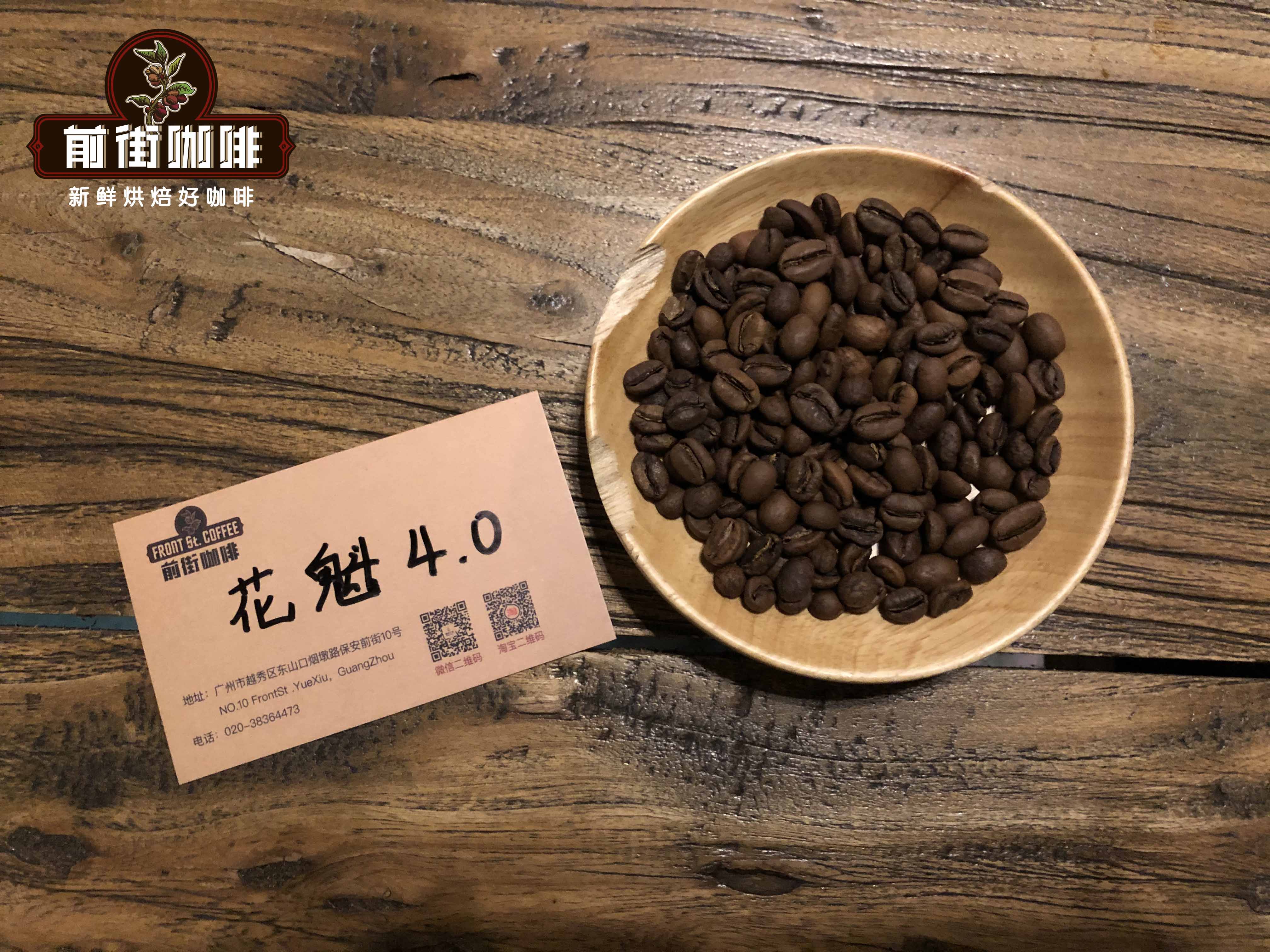
Country: Ethiopia
Producing area: Sidamo
Altitude: 2250-2350m
Variety: native species
Treatment: sun treatment
Flavor: berries, scented tea, honey, lemon, black tea
This is because the bean itself is a nameless adzuki bean. In 2017, Ethiopian raw bean manufacturer dw sent the coffee to the TOH (the Taste Of Harvest) raw bean competition organized by the African Coffee Association. A batch from the "Buku Abel" processing plant won the TOH Ethiopia championship with its strong strawberry and cream aroma. This bean is the literal translation of "Hanbela" in English.
The reason why it is called "Sakuran" in China is that this batch of raw beans was introduced by Beijing's raw bean traders. Because of the identity of the champion, it was named "Sakuran".
Kenyan coffee producing area
The above is the coffee bean recommendation from the famous Yega Sheffield region of Ethiopia, and then the front street coffee will introduce the flavor of the virgin fruit coffee beans from Kenya.
Front street coffee Kenya Azaria coffee beans
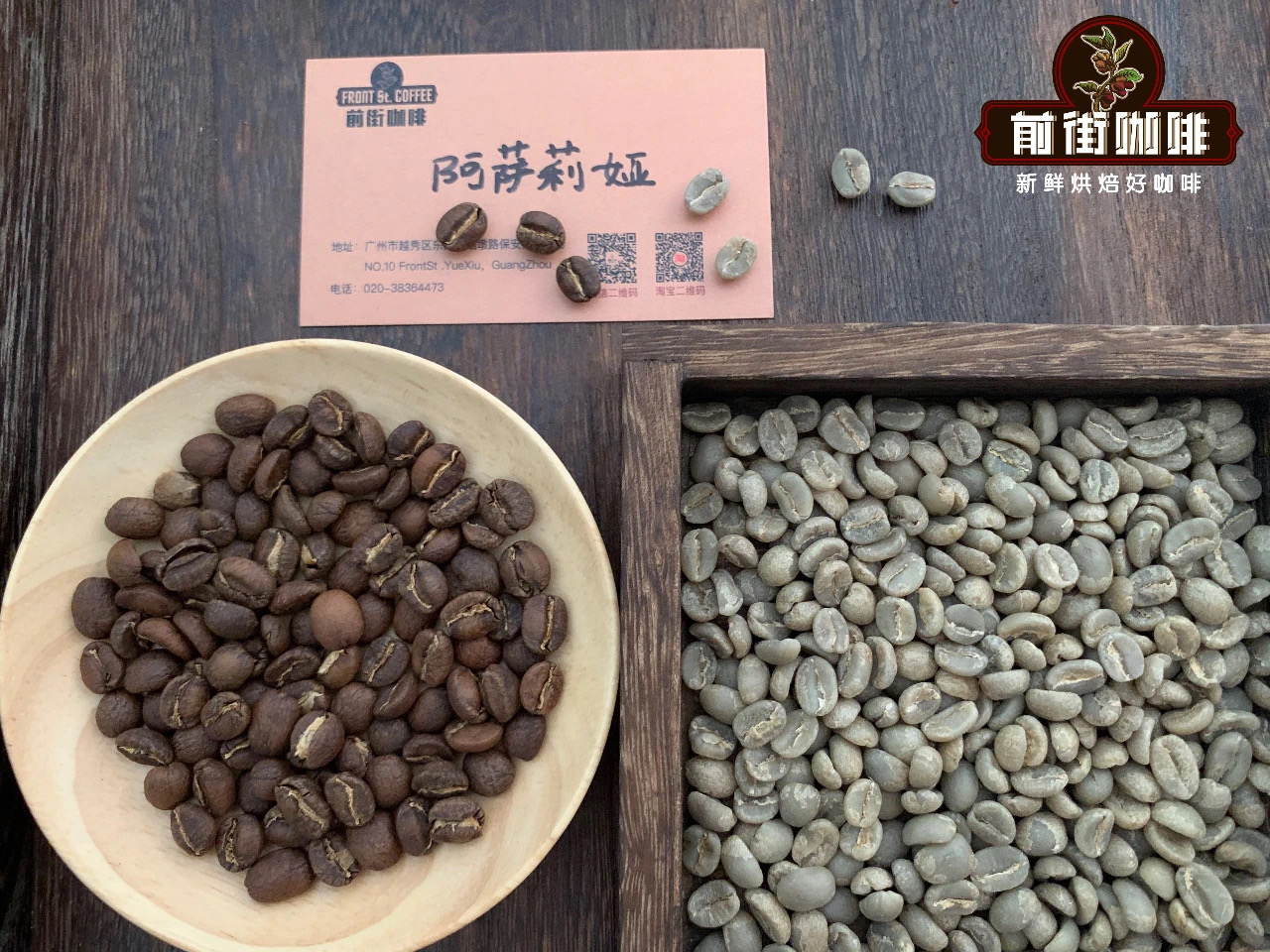
Country: Kenya
Production area: Asali (Honey processing Plant)
Altitude: 1550-1750m
Variety: SL28,SL34
Treatment method: 72 hours washing treatment
Flavor: Sydney, black plum, brown sugar, virgin fruit, Brin
The front street coffee in Asaria, Kenya, is treated with 72-hour water washing, which was developed in Kenya, where coffee beans need to be fermented for a long time at low temperatures and finally dried and dehydrated. The coffee beans treated here can have a brighter, cleaner and fuller flavor. That's why Kenyan coffee is famous for its extreme acidity, which is thanks to this treatment.
Latin American handmade coffee recommendation
Latin American coffee beans Latin America refers to the American region south of the United States, that is, the continent between latitudes 32 °42'N and 56 °54'S, including Mexico (North America), Central America, the West Indies and South America.
And according to Qianjie Coffee, Latin America has fertile volcanic soil, rainy and humid climate and high altitude, which is very suitable for the cultivation of coffee beans. Therefore, the overall flavor of coffee beans in Latin America is famous for its balanced flavor, usually with the mellow flavor of cocoa and dark chocolate. On behalf of coffee producing countries Brazil, Colombia and Costa Rica. Next, let's introduce the coffee beans in these three producing areas in Qianjie.

Coffee producing areas in Brazil
Brazil mainly grows bourbon varieties of coffee beans, so it also has an excellent sweet taste in the performance of coffee flavor. The next coffee bean is the one that Qianjie thinks best represents the flavor of Brazilian coffee.
Qianjie Coffee Queen Manor of Brazil
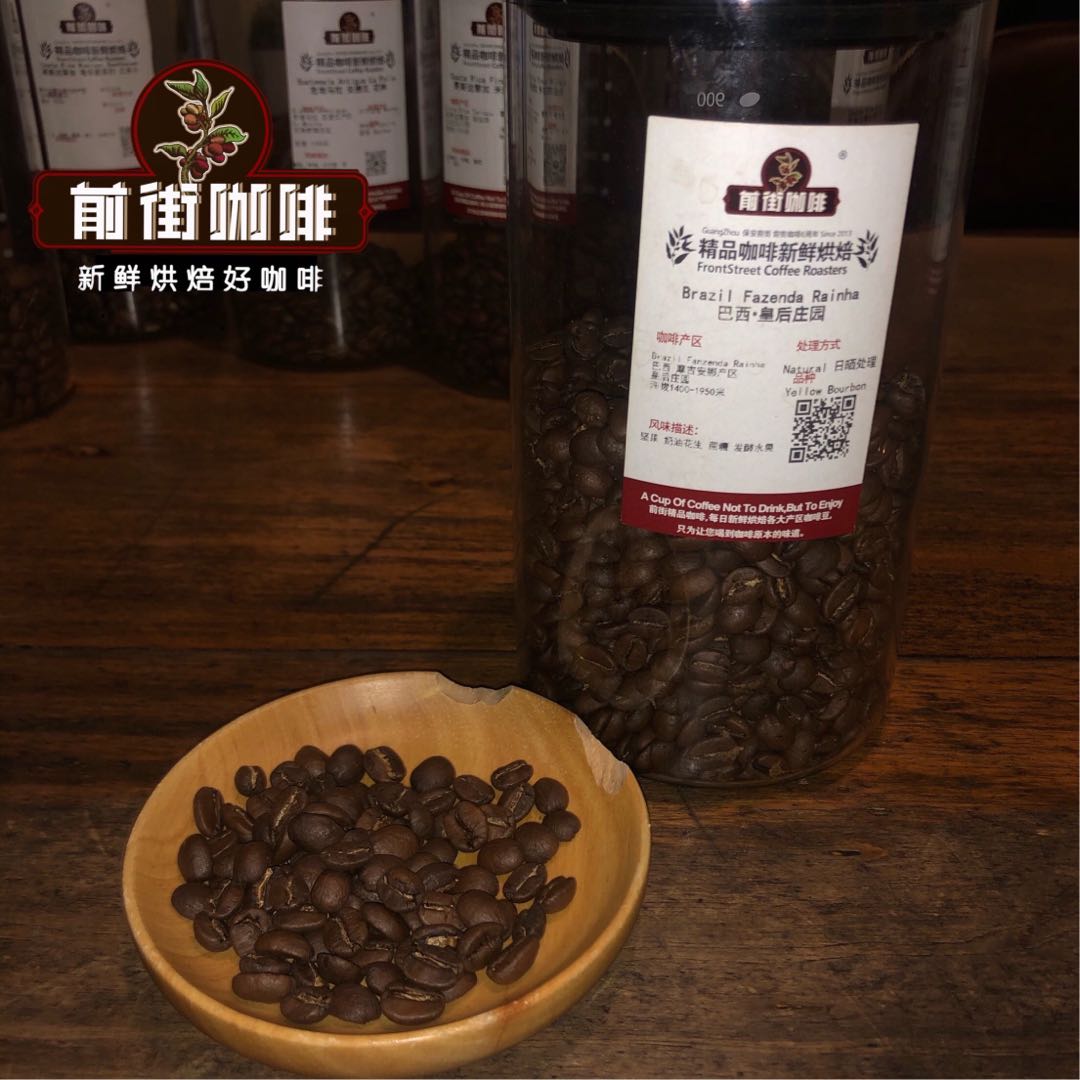
Country: Brazil
Producing area: Morgiana
Altitude: 1400-1950
Variety: yellow bourbon
Treatment: half-sun
Flavor: nuts, creamy peanuts, fermented fruit, sucrose
Queen's Manor mainly exports bourbon varieties of boutique coffee. The environmental protection is quite thorough, because the terrain is high, the non-plain terrain, therefore cannot use the machine to do the harvest, the complete manual harvest fruit. And plant low-yield and high-quality bourbon seeds as the essence of high-quality Brazilian coffee. Therefore, Qianjie believes that the coffee of the manor best reflects the high-quality coffee of Brazil.
Costa Rican coffee producing area

The treatment of coffee beans in Costa Rica mainly uses honey treatment, this is because the local coffee farms are on the mountain, it is very inconvenient to send to the coffee processing plant at the foot of the mountain, and the coffee fruit is easy to be dampened along the way. The price of bean collectors is also squeezed in the form of exploitation, so when coffee farmers develop and deal with unique honey-treated coffee beans, they produce and sell their own products and increase profits. And with the improvement of Costa Rican coffee technology, there are many special honey-treated coffee beans on the market, such as the musician series coffee series launched by Costa Rica's Carnett Manor in the front street store is very popular with Qianjie coffee fans.
Front Street Coffee Costa Rican musicians Series Mozart Coffee beans

Country: Costa Rica
Producing area: Tarazhu
Altitude: 1800m
Variety: Kaddura, Kaduai
Treatment: raisin honey treatment
Flavor: raisin sour berry blossom, fermented wine
Mozart is known as the prodigy Mozart of the classical music collection, and is famous for his gorgeous classical music, so the gorgeous aroma of Mozart coffee beans refers to Mozart's elegant floral aroma, white flower aroma like orange blossom, which can also be felt when brewing in front of the street, while the gorgeous taste refers to Mozart coffee with more dark berries, raisins and traces of red berries. In the middle and later stage, you can still feel the acid value of plums and the sweetness of gummy bears. After cooling down, it still retains the fragrance and sweetness of the flowers.
Front Street Coffee Costa Rican musicians Series Bach Coffee beans

Country: Costa Rica Fiscal year: 2003
Production area: Tara Pearl
Altitude: 1950m
Breed: Cadura
Treatment: Raisin honey treatment
Flavor: Fermented berry fruity tea
Front Street Coffee has just brewed this coffee, there are obvious flowers and fruit fragrance wafting out, after the entrance also feel rich fruit aroma and sour, with a slight wine fragrance in the middle and back, like red wine in general. After cooling down with candied fruit sweet fragrance, but the wine fragrance is more obvious, even can feel the plum wine flavor.
Colombia coffee-producing region
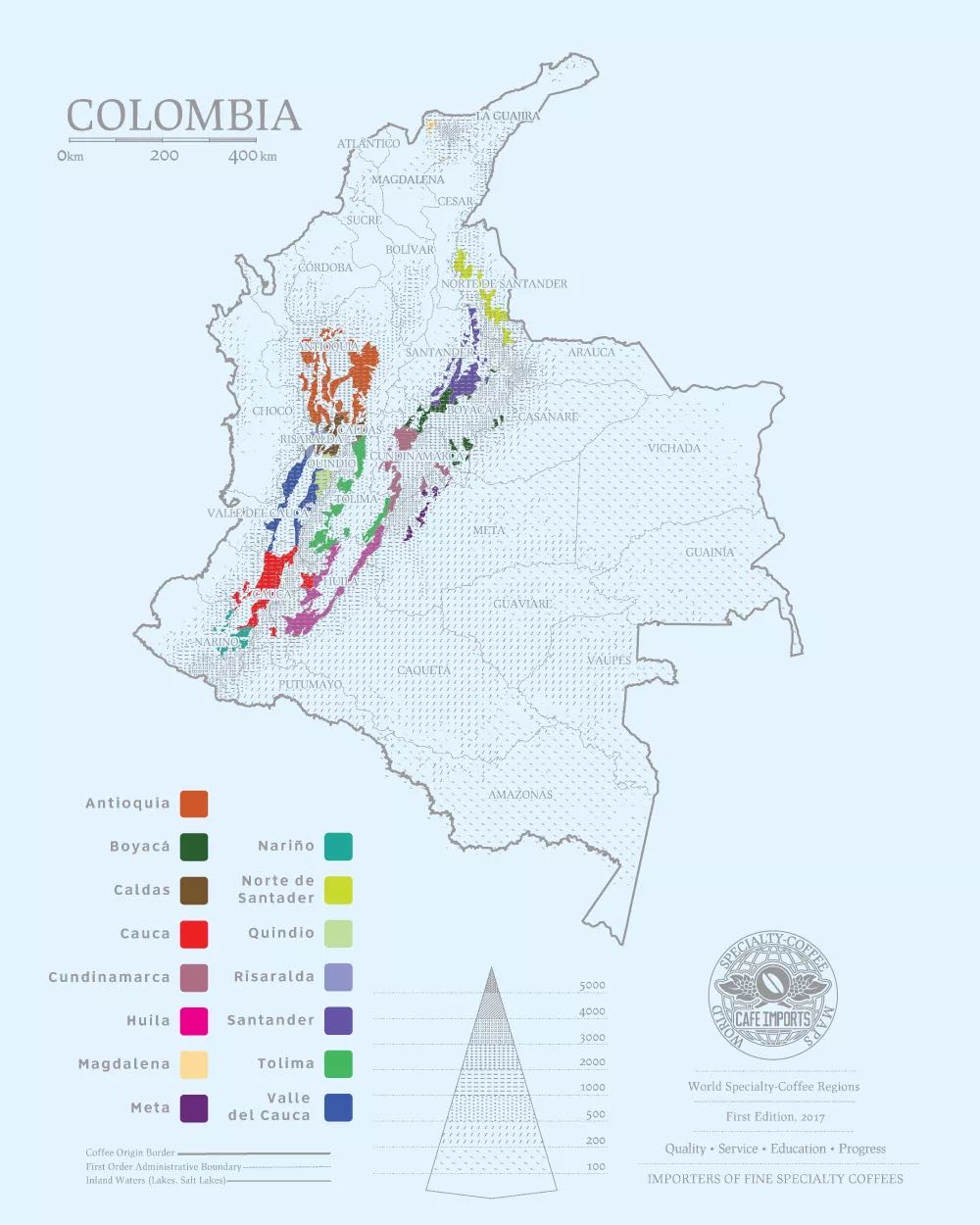
Colombia coffee is the world's second largest coffee exporter, but also the country that exports the most Arabica varieties of coffee beans, in Colombia there are also a lot of coffee beans treated with special treatment, flavor expression is also very amazing, then the next street to recommend Colombia more special coffee beans bar.
Front Street Coffee Colombia San Jose Manor Coffee Bean
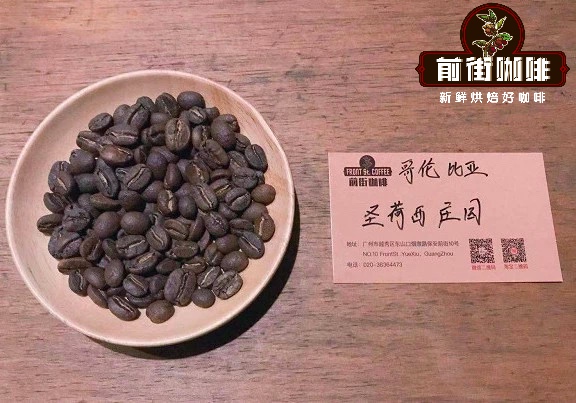
Country: Colombia
Producing area: Caldas
Altitude: 1750m
Variety: Castillo
Treatment method: refined water washing rum barrel fermentation treatment
Flavor: rum, wine heart chocolate, tropical fruit, maple syrup
The owner of the San Jose Manor can be said to be the founder of the barrel fermentation process. according to Qianjie, she is the third-generation hostess of the San Jose Manor, because she is committed to promoting Colombian coffee. produced by breaking through and trying to find a different way in the wave of traditional production and modern boutique coffee. On this premise, she had an idea when she was brewing rum with her husband and wondered whether putting raw coffee beans in oak barrels would absorb the oak flavor like the original wine and achieve the effect of barrel brewing.

Under this idea, the hostess Monsalve Botero began to put raw beans into rum barrels of different ages for low-temperature fermentation in 2013, and compared the fermentation flavor produced at different times, through this experiment, the most suitable bucket and fermentation time length were selected. Finally, we successfully found the most suitable combination to achieve a special and satisfactory flavor, so as to produce rum barrel fermented coffee which is different from traditional rum washing.
Front street coffee Columbia Rose Valley Coffee beans
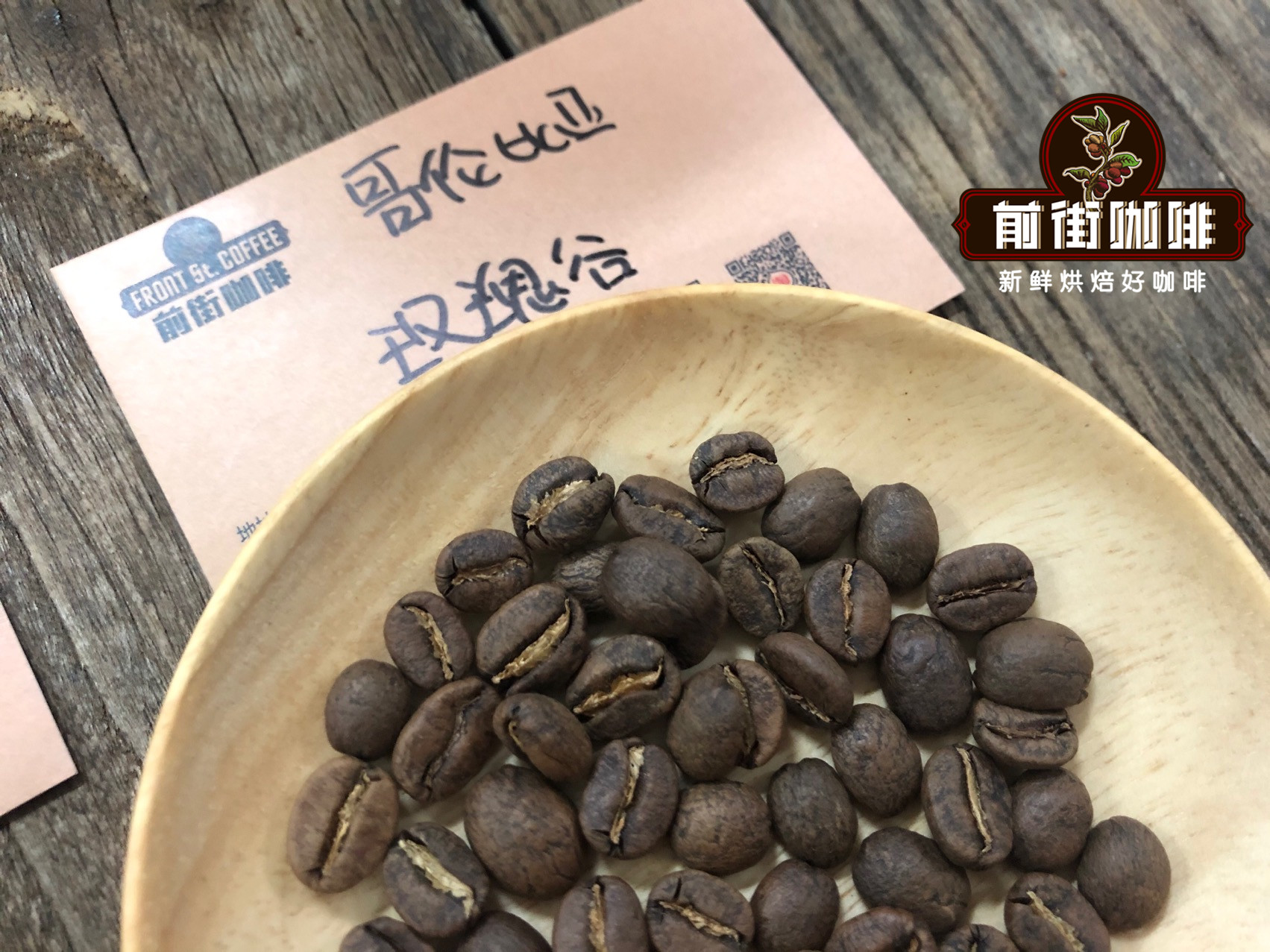
Country: Colombia
Producing area: Tande (Dashu Manor)
Altitude: 1700m
Variety: Kaddura
Treatment method: anaerobic double enzyme washing treatment
Flavor: honey, juicy, strawberry
Rose Valley Coffee comes from the Dashu Manor in Santander, Colombia. Farmer Vargas has been growing coffee on the Dashu Farm for 20 years. In the Dashu Farm, only the fully ripe coffee fruits with bright red appearance are picked, and the defective floating beans are removed by washing, twice anaerobic fermentation and fermentation in a special enzyme group. At the same time, the owner of the manor also pays great attention to the drying process of coffee beans, avoiding excessive temperature during drying and adopting a slow drying method. That is, the dual enzyme anaerobic treatment mentioned in the previous street.
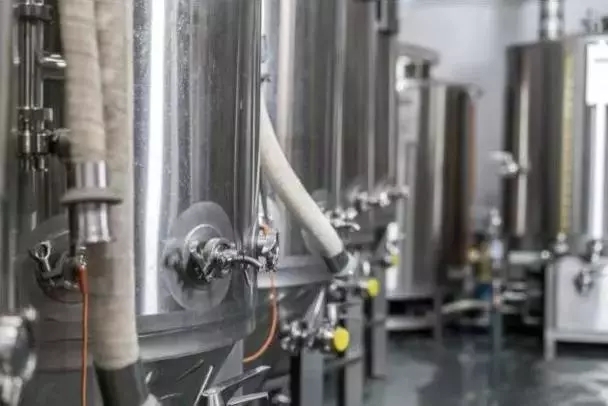
Its process is to remove floating beans by washing, and finally put the processed coffee beans into a closed container, inject carbon dioxide to exhaust oxygen, slow down the decomposition rate of sugar in coffee pectin in an oxygen-free environment, and PH decreases more slowly, prolonging fermentation time, so as to develop a better sweetness and more balanced flavor of coffee.
The above are the more distinctive hand-brewed coffee beans recommended by Qianjie Coffee. I hope the above article can help coffee fans choose their favorite coffee bean flavor.
For more boutique coffee beans, please add private Qianjie coffee on Wechat. WeChat account: kaixinguoguo0925
Important Notice :
前街咖啡 FrontStreet Coffee has moved to new addredd:
FrontStreet Coffee Address: 315,Donghua East Road,GuangZhou
Tel:020 38364473
- Prev
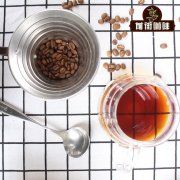
Can ordinary coffee powder be made by hand? How to choose coffee powder for hand-brewed coffee?
Professional coffee knowledge exchange more information about coffee beans Please follow the coffee workshop (Wechat official account cafe_style) to make coffee at home, in fact, it is not difficult at all. The hardest part is to give up the ready-to-eat habit of pursuing convenience. Starting from deep-fried boutique coffee beans, boutique coffee emphasizes the balance of sour and bitterness, and the taste will change with the temperature: the higher the score of coffee, the more wonderful it is when it is cold. As for 85 points
- Next
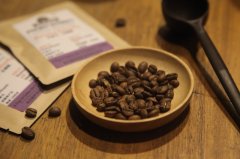
The influence of coffee beans or coffee powder on hand-brewing coffee what's so particular about hand-brewing coffee beans?
Professional coffee knowledge exchange more coffee bean information Please follow the coffee workshop (Wechat official account cafe_style) several variables that have long affected hand-brewed coffee are as follows: 1. Coffee beans; 2. Degree of grinding; 3. Water; 4. Equipment; 5. Steaming time; coffee beans choosing coffee beans that suit your taste is an important criterion to determine whether your cup of coffee tastes good or not. A lot of people say
Related
- Beginners will see the "Coffee pull flower" guide!
- What is the difference between ice blog purified milk and ordinary milk coffee?
- Why is the Philippines the largest producer of crops in Liberia?
- For coffee extraction, should the fine powder be retained?
- How does extracted espresso fill pressed powder? How much strength does it take to press the powder?
- How to make jasmine cold extract coffee? Is the jasmine + latte good?
- Will this little toy really make the coffee taste better? How does Lily Drip affect coffee extraction?
- Will the action of slapping the filter cup also affect coffee extraction?
- What's the difference between powder-to-water ratio and powder-to-liquid ratio?
- What is the Ethiopian local species? What does it have to do with Heirloom native species?

